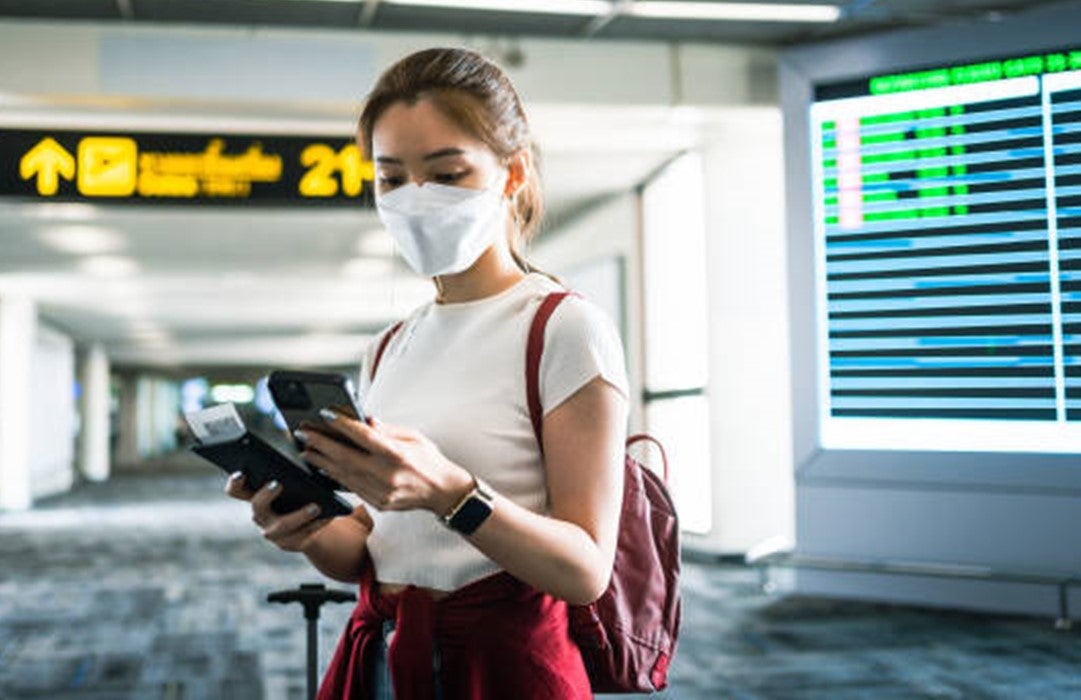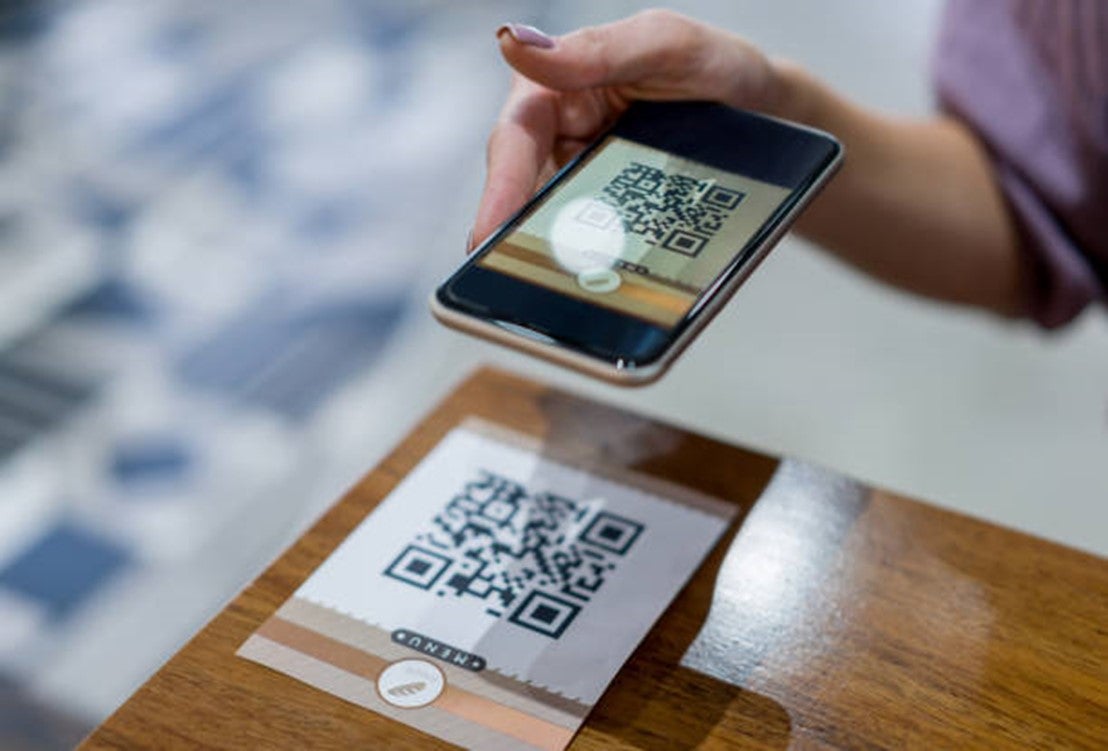December 14, 2022
Through various personal interactions, media reports, writings, and employer training events, most of us know more about diversity, equity, and inclusivity than we did years ago. I certainly am more aware and eager to do my best in my personal and professional life.
In that spirit, I offer my commentary on the technological progress which seems mostly good but has a flip side when it comes to inclusivity.
Being inclusive means treating people who have varying backgrounds and capabilities as fairly and equally as possible. I thought about this after being merely inconvenienced by a couple of events that required me to use my smartphone.
The first event involved checking in for a flight on a discount airline. Forget that bringing my roll-aboard with me was going to almost double my ticket price, albeit, a low starting price. What troubled me most was you had to check-in and pay for your roll-aboard using the airline’s app on your phone. There was no kiosk, probably because that would drive up the airline’s cost. I wondered:
- What if you don’t have a mobile phone, quite possibly for financial reasons?
- What if you are visually impaired and cannot readily operate a phone?
- What if you struggle to use digital appliances like some elderly folks?
The airline clerk said working through the app was my only option. She added that further assistance from her would cost $25, and it needed to be paid through the app. OMG! Ultimately, I managed with a colleague’s support.

The second event involved ordering breakfast at a cute café in upper New York State. They had recently switched to online menus that required you to scan a QR code to view it on your phone. Can we agree that scanning a QR code is not an intuitive task for everybody, particularly people who are “technology-challenged?” At first, I could not get an Internet signal to get the digital menu system cooking. That seemed absurd. Next, I finally got a signal by moving to another spot and the menu popped up…in tiny letters. I tried the trusted “spreading fingers” gesture to enlarge the menu. No luck. It was fixed at its borderline illegible size. This led me to request a physical menu, which the waiter happily supplied with the advisory that it was out-of-date. Despite the meager inconvenience to me, I successfully ordered some wonderful blueberry pancakes with real maple syrup. Thank you laminated menu – a solution that unfortunately poses a sustainability problem.

My inclusivity-related point is that not everybody has a smartphone and can use it with great proficiency.
Assuming the universal use of technology creates new barriers for some people including people with limited financial means, older individuals with cognitive decline, and those with sensory motor limitations. For these reasons, service providers should have a plan B to accommodate people who do not have the resources – a smartphone, for example – or the ability to use them.
When considering the rise of integrated technology with medical devices—from “smart” injection devices controlled by mobile applications to electronic instructions for use (eIFU)—these concerns of inclusivity become more than a simple inconvenience but are a potential source of harm. Medical device manufacturers should always consider various impairments or limitations of users, including those related to the access and successful use of technology, to ensure all users can safely and effectively use a device as designed with access to all proper mitigations.
You should not assume that all users are as talented as the average middle schooler who is controlling orbiting satellites using her Apple Watch. Accommodations to ensure access to information and services (e.g., a kiosk and agent to offer free assistance; a QR code menu and a paper menu; an eIFU and a hard-copy pamphlet) are really no different than others that have become ubiquitous, such as stairway ramps and movie subtitles. The accommodations go a long way toward making things fair and equal. And as with other accommodations that feed into the concept of universal design, they can be helpful to a wider population. Remember that a phone’s battery can run out of juice or a storm can interrupt internet access.
Request more information from our specialists
Thanks for your interest in our products and services. Let's collect some information so we can connect you with the right person.



